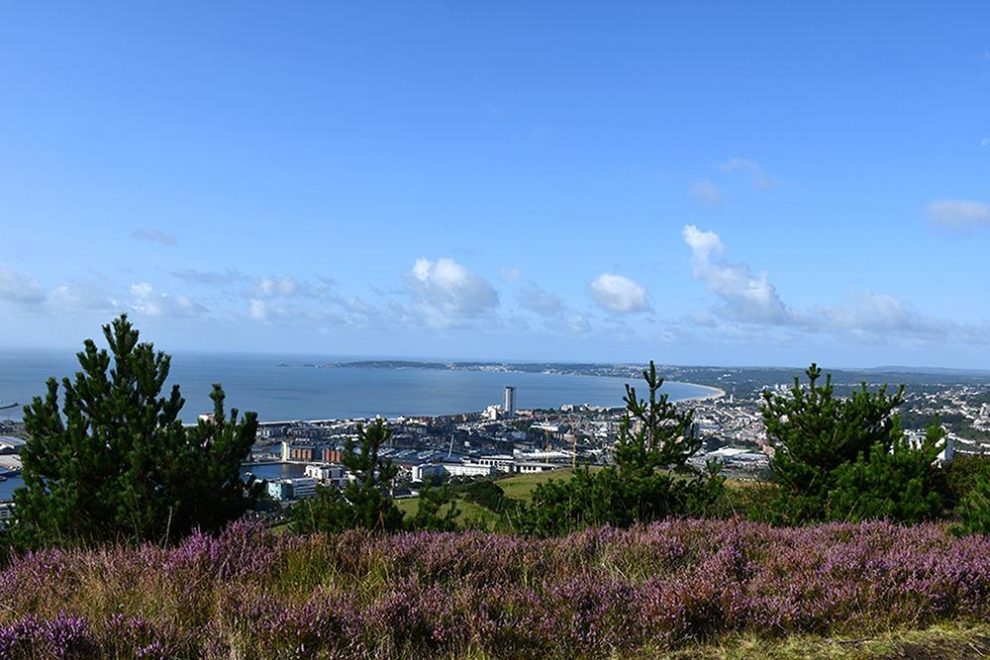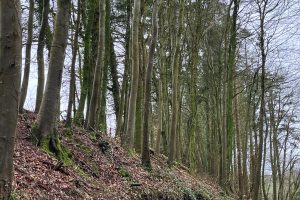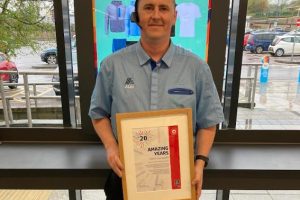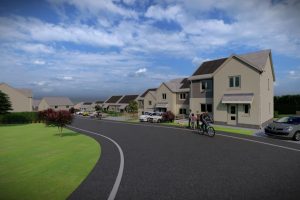AN AIR quality management area could finally be revoked in Swansea because the city is meeting annual targets for problematic pollutants, councillors were told.
Tom Price, the council’s pollution control team leader, said the designated Swansea air quality management area (AQMA) complied with European Union targets for a polluting particulate matter called PM10. He said it had, in the four years up to and including 2022, also complied with the target for another pollutant called nitrogen dioxide, which is emitted from vehicle exhausts.
Mr Price said the provisional data for 2023 indicated continued compliance with annual nitrogen dioxide targets which, if correct, would enable steps to be taken to revoke the AQMA.
But, addressing the council’s climate change and nature scrutiny panel, he said there was “no safe limit for pollution”.
Cllr Michael Locke asked if vehicles were becoming less polluting, to which Mr Price replied that it wasn’t as clear-cut as that, although he said better engine technology and improved road layouts helped reduce nitrogen dioxide levels. He said this pollutant stayed close to its source where as PM10s, emitted from industry, construction sites, fires and landfill sites, travelled further in the air.
The council first declared an AQMA in Hafod in 2001 because the area, through which runs the busy Neath Road, was likely to fail nitrogen dioxide targets. In 2010 it became the Swansea AQMA and included parts of Sketty and Fforestfach due to concerns about pollution along aerterial roads. Air quality at Neath Road improved when the Morfa Distributor Road, which runs parallel to it, was opened.
Cllr Wendy Fitzgerald said she was very surprised that a housing association was building a block of flats so close to the main Sketty Cross junction, on Vivian Road, Sketty, where she said there were “continuous queues of traffic”. Mr Price said nitrogen dioxide monitoring equipment nearby registered half the maximum annual average levels of the pollutant, and that the council’s planning department had considered an air quality assessment carried out on behalf of the housing association to be acceptable.
A report before the panel said annual average nitrogen dioxide levels at four monitoring locations in Swansea increased in 2022 compared to 2021, while levels at four others fell. Levels of PM10s rose at two monitoring sites in 2022 and dropped at a third. No data for 2022 was provided for two other PM10 monitoring sites.
No councillors asked if the new 20mph default speed limit may or may not be affecting air pollution, but there was concern about drivers idling while stationary. Cllr Chris Evans said he had been told that school bus drivers were idling for up to 30 minutes at pick-up time outside Bishop Gore School, Sketty.
Cllr David Hopkins, cabinet member for corporate service and performance, said the council had been clear about this when it awarded contracts to bus companies. “That (engine idling) should not be happening,” he said.
Mr Price said all councils would be set threshold levels by the Welsh Government for another pollutant, called PM2.5, in the coming years. He said the tiny particulate matter (PM) entered deep into the lungs and could cross into the bloodstream – even affecting unborn babies.
Cllr Will Thomas asked what difference roadside trees made to air pollution. Mr Price said “the jury is out” and that an assessment of this would take time.
He added that “living screens” of greenery were close to being installed outside Oystermouth Primary School, Mumbles, and Morriston Primary School, to combat exposure to pollution. The proposal was made public 12 months ago and followed air quality monitoring for nearly a year at both schools.



















